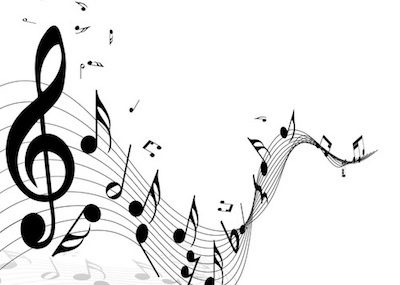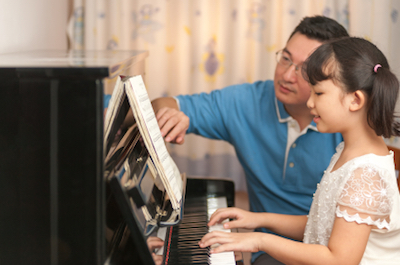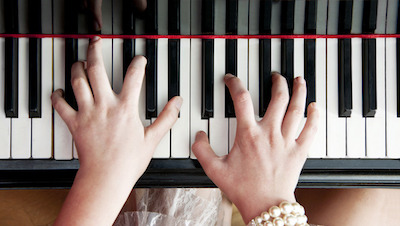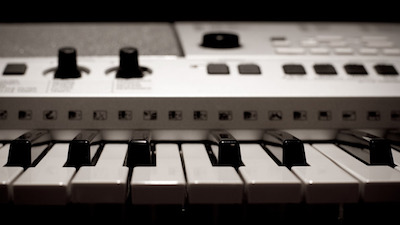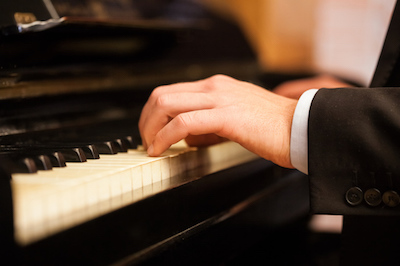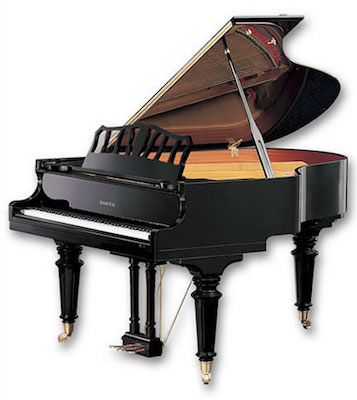The definition of sight reading is:
To read or perform without previous preparation or study
In reality, we all sight read every day. Pick up a new book and read it for the first time. That’s sight reading. It’s easy for us because we understand the English language so well.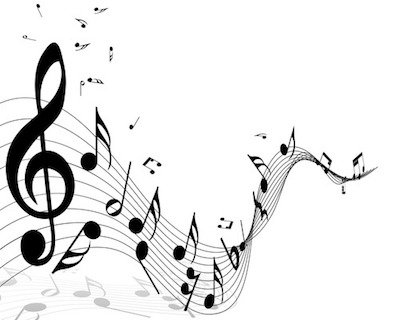
But what happens if you pick up a book in French (providing you’re not also fluent in French)? The concept of sight reading is a little trickier. But if you study French for a bit, you can pick out some words you know. The more you do it, the easier it becomes.
The same happens with music.
If you’re not a musician, understanding music may seem like a foreign language. That’s because it is. You might not understand where the notes lie on the staff, or the difference between bass and treble clef. But if you study it for a while, it becomes easier.
Mastery comes with practice. You don’t stick with the easy things; you expand and add more difficult concepts to your skill set all the time.
You can do that easily by training online. If you want new material, update your training materials so they don’t become stale. Look for sites online that have graduated exercises so that you don’t become bored at too easy of a level.
You can do that by purchasing method books. There are many books designed specifically for sight reading. They each take you through the practice methodically where each exercise builds on the one before. As it builds, it adds something new each time.
You can change it up every day. What makes you a successful sight reader is keeping it fresh every day. Read and play the music once. Then move to another song. Don’t jump beyond your skill level, yet focus in on things that will make you grow.
Be sure to look at the music all the way through before you play it for the first time. Not things like key signature, changes in clefs, and the dynamics of the piece. Look for chords and determine where they are. Also note the trickiest part of the piece – a series of sixteenth notes, for instance – and determine the speed you’ll need to play at to accomplish it all.
Then play, from beginning to end. Don’t stop if you make a mistake. Just keep playing. You’ll get better and better at it each time you try.
